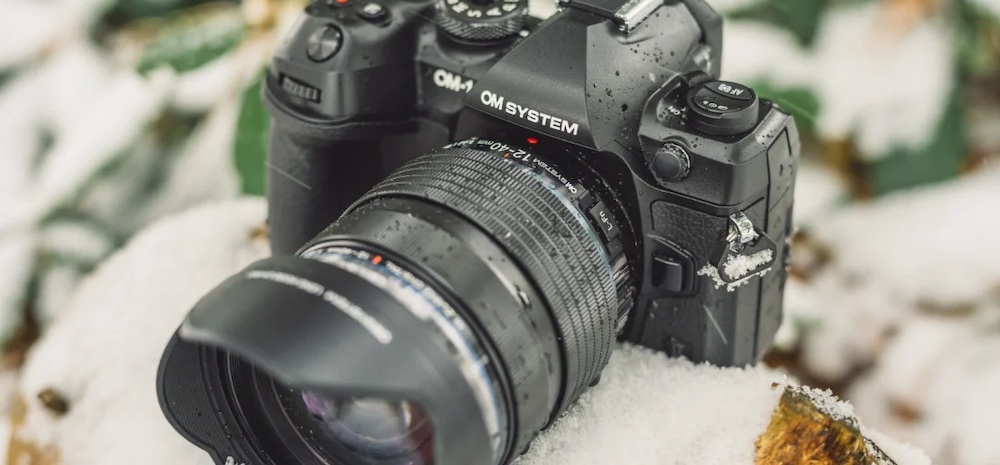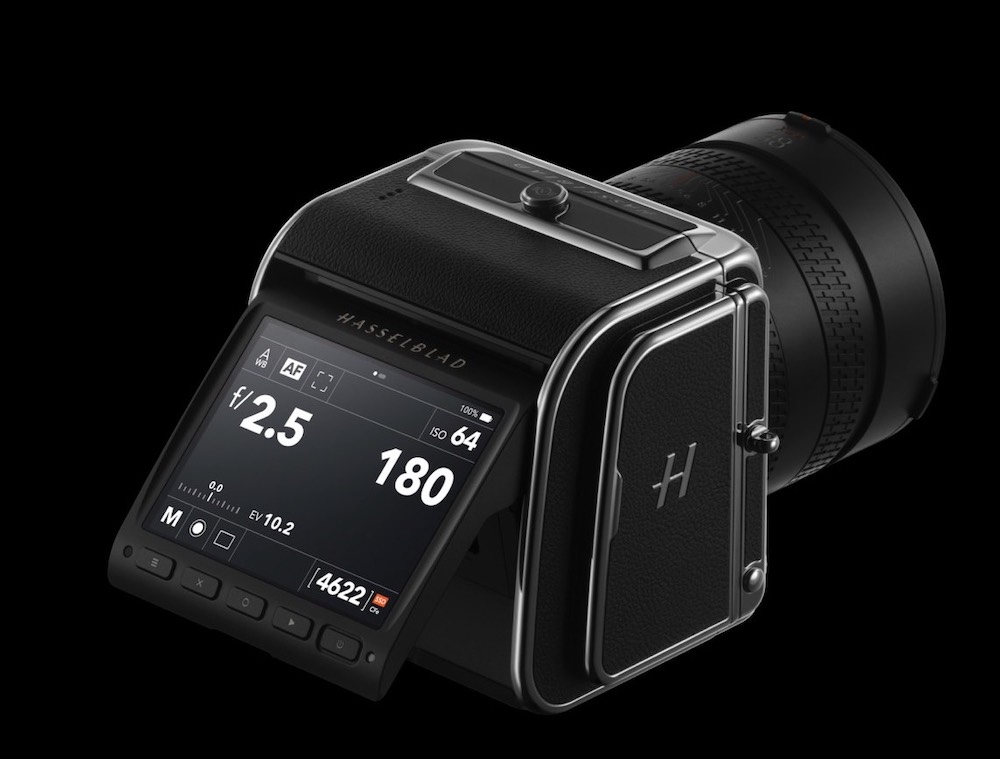
What’s CP+ ?
Every year (besides the pandemic), the camera industry gathers in Yokohama, Japan in late February to show off their new products for the year. The current title of the show is CP+ Camera and Photo Imaging Show, although it got its start in the 1960s as the Japan Camera Show.
Until COVID struck, there were at least three major shows that essentially the whole industry attended – Photokina in Germany every two years was the most important, while PhotoPlus Expo in New York every fall and CP+ in Yokohama in late winter filled the gap between Photokinas.
CP+ is the sole survivor of the big photo industry shows – Photokina is probably gone forever, and PhotoPlus morphed into the influencer-focused CreateNYC, which was then canceled. B&H is trying to bring back something like PhotoPlus with their Bild Expo, first held last year to celebrate their 50th Anniversary.
It is hard for Western photographers and press to get to Yokohama.
It makes a lot of sense that the surviving show would be in Japan, since the major photographic manufacturers are all Japanese (Canon, Nikon, Sony, Fujifilm, Epson, Sigma, OM System, Panasonic, Tamron, Eizo and Tokina, among others, all hail from the Land of the Rising Sun).
Some of their products are made in Japan, while others are made in factories, generally owned by the camera manufacturers themselves, around Asia. Photography is largely not a contract-manufacturing business – companies like Foxconn (which makes phones for Apple, Nokia and Xiaomi, among others) play little role in manufacturing camera gear.
Non-Japanese camera or lens companies are few and far between – there are a lot of Chinese players in low-end lenses (Laowa, Viltrox, AstrHori, Pergear, etc), but very few in higher-end lenses and fewer still in internationally competitive camera bodies (if you count drones and various levels of gimbal-cameras, DJI is a major name).
A large percentage of flash gear is coming from China (Godox, Yongnuo and others), and software is, of course, an international business – Adobe is American, Capture One Danish, DxO French, etc). A couple of European companies make a few high-end cameras and lenses, most famously Leica and Hasselblad (which is now primarily owned by Chinese drone maker DJI).
CP+ is essentially the home-court party for the camera industry, and everybody releases gear either immediately prior to CP+ or at CP+ itself. I’d expect announcements from Canon, Nikon, Fujifilm (at their X Summit on Feb. 20, a few days before CP+), Sony, Panasonic, Sigma and others. 2024 is also an Olympic year, so I am expecting a lot of fast cameras and long lenses between now and the Paris Games.

Our first two CP+ entrants are from the far opposite ends of the sensor size spectrum (see the upcoming article “A Funny Thing Happened On the Way To the Sensor Fab”). OM System brings us a speedy, durable stacked sensor sports camera in the OM-1 II, with the typical OM combination of superb speed and durability (and Hand Of God image stabilization – they’re claiming 8.5 stops, and I don’t think they’re exaggerating hugely) with an undersized sensor that negatively affects image quality.

Hasselblad brings us the opposite – The Best Sensor In The World in a quirky, contemplative camera body that slows the photographer down. Really, what’s the camera body here – is it the back, or is it the little sliver that fits BETWEEN the lens and the back?
OM System’s OM-1 Mark II is almost the exact opposite of Hasselblad’s quirky (and tiny for the sensor size) 907X/CFV 100 II. It’s designed to be incredibly rugged, has every control you could ever imagine, and is very comfortable to shoot, according to those who have handled it. It shares almost the same body with the OM-1 from 2022, which I have handled in stores and shows. That body is very similar to the EM-1 series, which I have thousands of shots on. These are incredibly tough, well-built cameras – the feel is like a “baby” Nikon D5 or Canon EOS-1 DX.
One of OM’s special features has always been their image stabilization, and the specifications on the OM-1 Mark II do not disappoint. It claims 8.5 stops of image stabilization, suggesting that it should be possible to handhold a normal lens (25mm on Micro 4/3, but I counted from 1/60 second, because shake should be determined by EFFECTIVE focal length) at somewhere around a 6 second exposure!
That seems incredible even if it’s actually a second or two, that’s a LOT of stabilization.
Except in very special situations, the image stabilization should be good enough that subject motion is far more of a problem than camera shake. You can’t shoot any image that contains living things (including plants, unless they’re either leafless or indoors) at a shutter speed of several seconds because the SUBJECT is going to move. Even most landscapes contain moving elements (leaves, water, etc).
Flagship OM cameras are also generally extremely fast shooters, with quick and sure autofocus. Again, the OM-1 Mark II shouldn’t disappoint. They’ve upped the buffer RAM and sped up the AF algorithm since the original OM-1, and that camera was already notably fast and surefooted. It’s going to be as fast as anything out there, except for Sony’s global shutter A9 III, and it’s a mid-priced camera, at $2300 – so what’s the catch?
The catch is the same as it has always been with Micro 4/3 – image quality. With high-end Micro 4/3, the catch becomes image quality for the size and price. The OM-1 Mark II weighs 599 grams, which is heavier than any APS-C camera I am aware of except for Fujifilm’s X-H2 and X-H2S and Sony’s FX30 (and it is only a tiny bit lighter than those).
The OM-1 Mark II is heavier than several of the lightest full-frame cameras, like Sony’s A7C series and Canon’s EOS-RP and EOS-R8 (not to mention Sigma’s tiny fp cameras). At $2399, it is more expensive than any APS-C camera, including Sony’s FX30, which is really a disguised cinema camera).
It is more expensive than 20 different full-frame cameras listed on B&H’s website at the end of January, 2024, a group that includes the older Nikon Z7, a much slower camera, but one with image quality that will compete with anything except 100 MP medium format.
It has lower still image quality at any given ISO than any of them, including the cheapest modern mirrorless camera, Canon’s $479 EOS-R100. That’s what you pay for incredible speed, “wash it with a hose” durability and “Hand of God” image stabilization. Is it worth it? It depends on what you’re photographing. There are images the OM-1 Mark II will capture that no other camera less expensive than a $4000 Nikon Z8 will capture. On the other hand, if the OM-1 Mark II and almost any camera with a larger sensor will both get the shot, the other camera will provide a better raw file by almost any measure.
Stay tuned for LuLa’s coverage of CP+!








